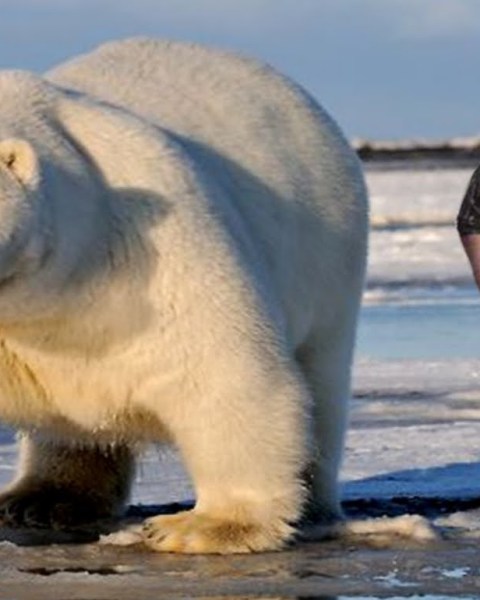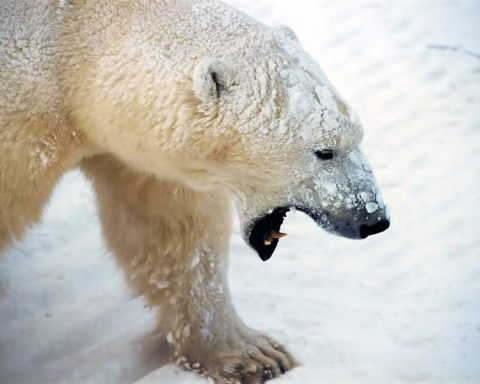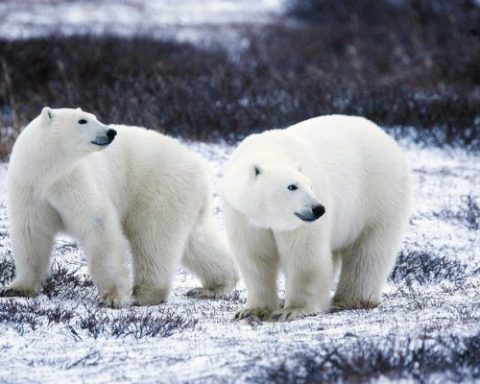Polar bears (Ursus maritimus) are generally known for their excellent swimming abilities. They are highly powerful swimmers for they can swim hundreds
MorePolar bears have probably the best sense of smell throughout the entire animal kingdom. Dogs can detect any object hidden 40 feet
MorePolar bears are shallow divers and they swim in a dog-paddle style. Thanks to its forepaws which serve as propeller and push
MoreNot only do polar bears navigate through the arctic habitat on their own they also smell food from a mile away. The
MorePolar bears (Ursus maritimus) communicate with each other not only through words but also by actions. They speak to one another just
MoreThe Greenland shark is one of the largest shark species reaching a length of about 21 to 24 feet and weighs up
MoreA female polar bear is less than half the size of a male polar bear. She is also much less in weight
MorePolar bears do not live in Antarctica. They never had. Polar bears live in the Arctic which occurs at the northernmost part
MoreYes, polar bears do have tails. However the size is so small that one can barely notice it. It is almost as
MoreA part from ringed seals polar bears also consume bigger prey animals such as whales. But they do not seem to actively hunt
More





